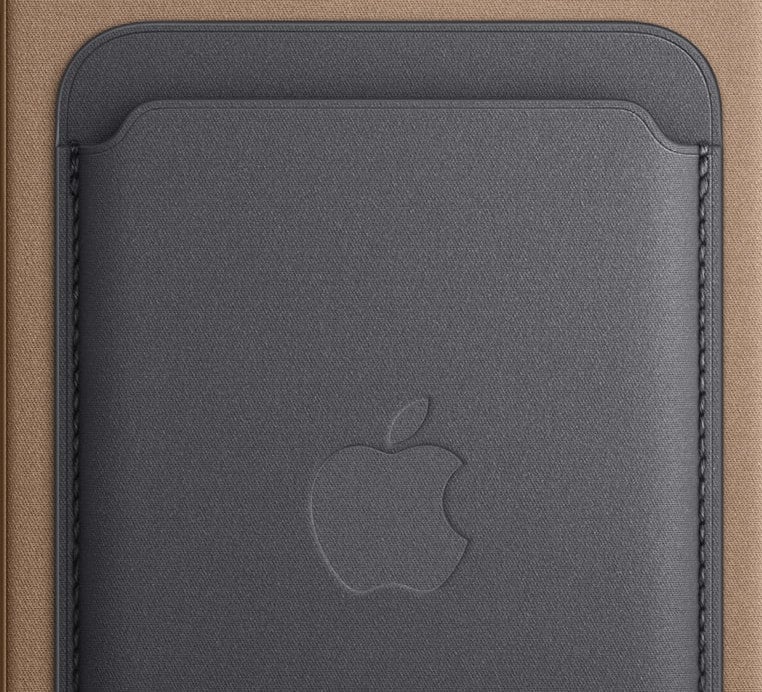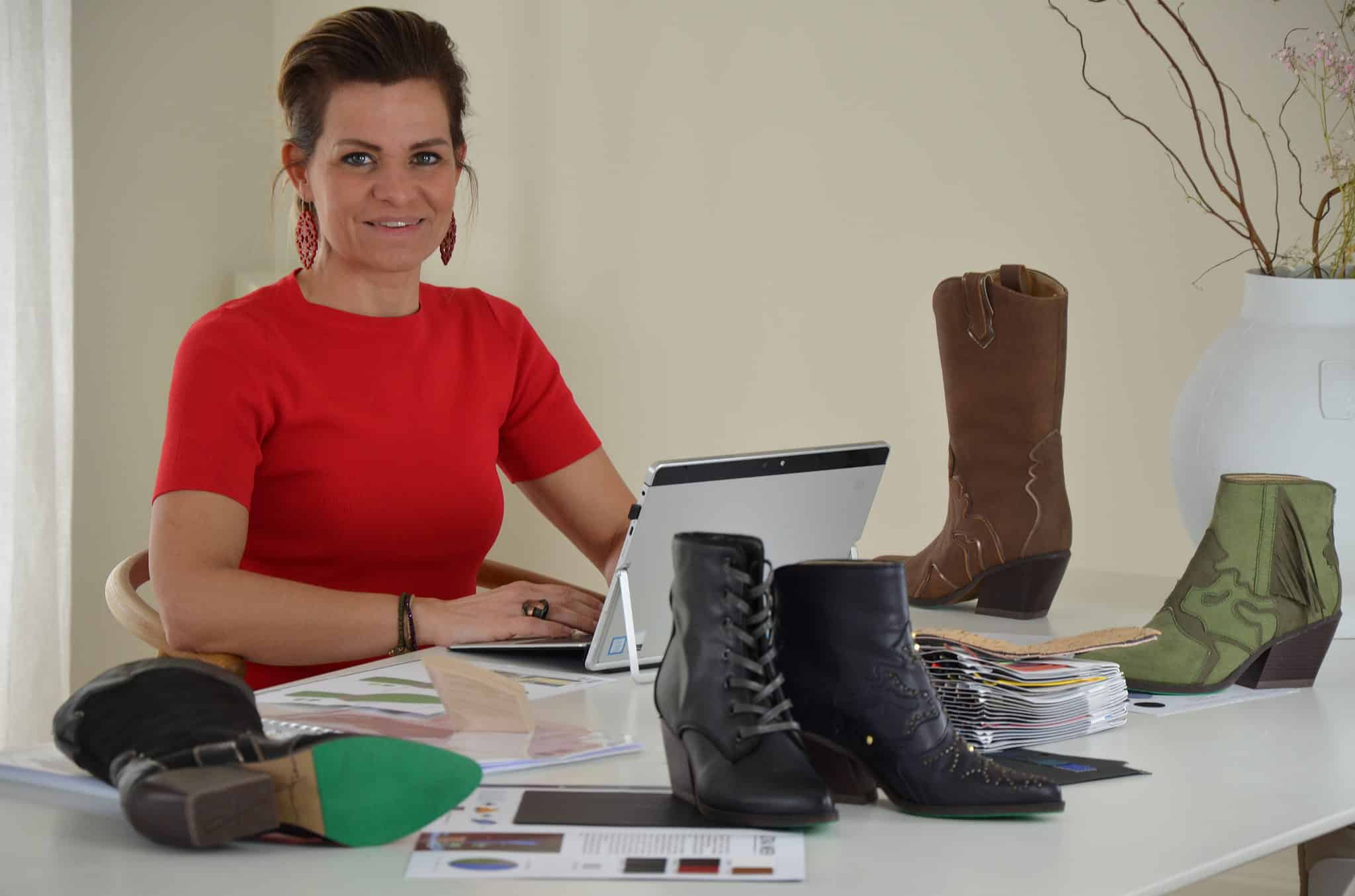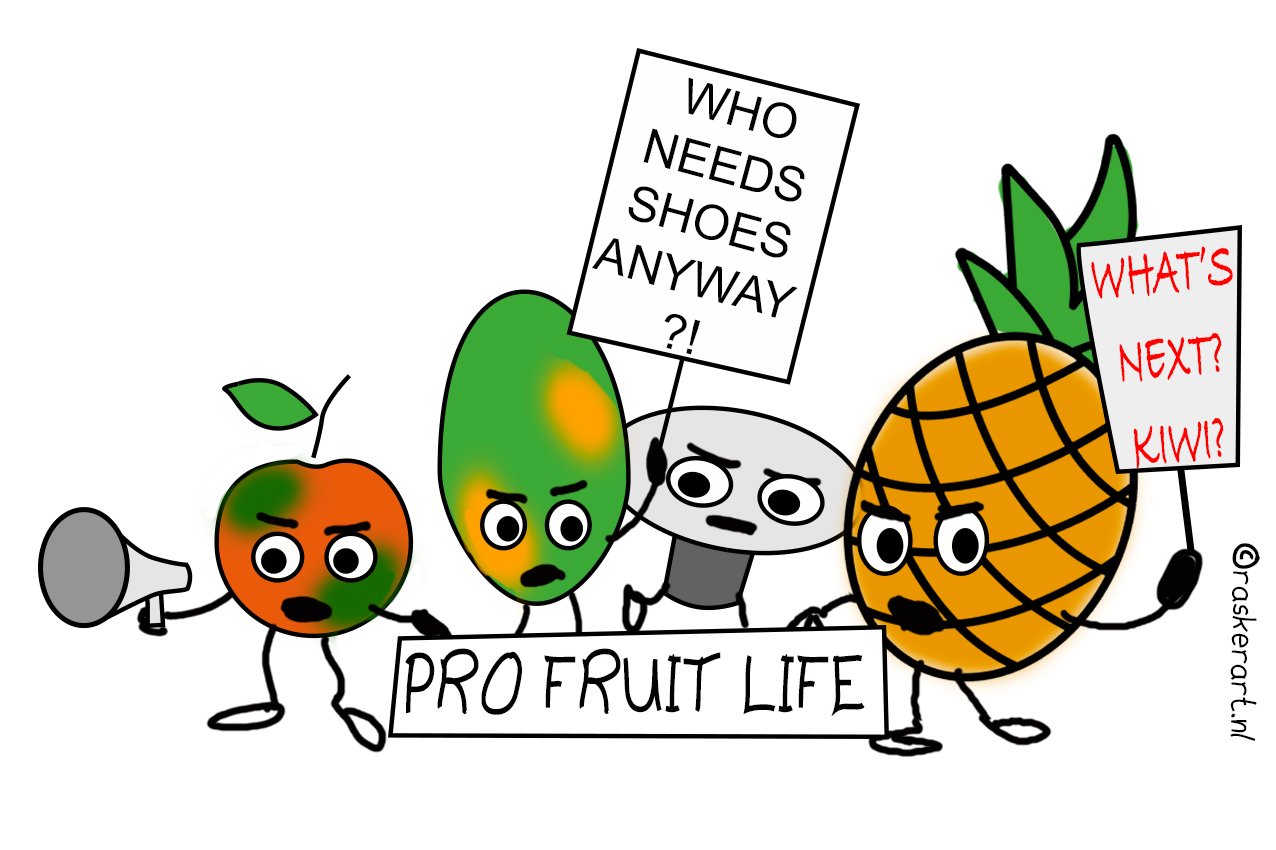
In a world increasingly concerned about sustainability and ethical consumption, the demand for leather alternatives is growing. This has led to a surge of innovation from various companies around the globe. A Perfect Jane, a Dutch start-up, is pioneering the use of apple leather in footwear, while Austrian scientists are turning to fungi for a biodegradable and CO2-neutral leather substitute. However, not all substitutes are being received positively, with Apple’s FineWoven iPhone cases and Volvo’s decision to go leather-free drawing criticism for durability issues and environmental impact.
- Increasing demand for sustainable leather alternatives fueled by environmental and ethical considerations.
- Innovative materials like apple leather and fungal-based substitutes show promise but face challenges.
- Critics highlight durability issues and environmental impacts of some leather alternatives.
The allure of leather and the need for alternatives
Leather has been a popular material throughout history, prized for its durability, flexibility and attractive finish. Despite its popularity, the production process of traditional leather presents multiple environmental concerns; it’s linked to deforestation, high water usage, and greenhouse gas emissions. Moreover, the tanning process of leather uses potentially harmful chemicals and produces significant amounts of wastewater. Efforts to mitigate these issues have generated a rising demand for sustainable and ethical alternatives to leather.
Public awareness and concern about sustainability and animal welfare have led to a surge in demand for leather alternatives. Major fashion brands, including Reebok, SuperDry, and Nike, have responded by launching vegan shoes. However, the challenge lies in creating materials that not only mimic leather’s desirable properties but are also eco-friendly and cruelty-free.
Plant and fungi-based alternatives
Innovative solutions are using plant-based materials to create durable and sustainable leather alternatives. A Perfect Jane, a Dutch shoe brand, is one such example. They use apple leather, made from ground apple pulp mixed with recycled PET, for their vegan boots. This apple leather is produced by drying the pulp until it becomes a raw fibre, which is then combined with recycled PET. The result is a material robust enough for boot-making, a significant achievement given that other plant-based materials like corn and pineapple were found to be not strong enough.

Meanwhile, Austrian scientists have ventured into the realm of fungi, examining their potential for creating biodegradable and CO2-neutral leather substitutes. They have harnessed fungal biomass harvested from agricultural and forestry by-products, treating it to resemble leather in appearance and properties. The substances in these fungal leather substitutes, such as chitin and polysaccharides, are fully biodegradable, making them a promising eco-friendly alternative.

The criticism against some alternatives
However, not all attempts at creating leather alternatives have been well-received. Apple’s FineWoven iPhone cases, described as a durable material made from recycled polyester, have drawn criticism for their susceptibility to scratches and stains. Similarly, Volvo, in its ambition to make all its fully electric cars leather-free by 2030, has been criticised for replacing leather with artificial materials derived from fossil fuels. Critics argue that such alternatives do not deliver the durability and quality associated with traditional leather, and their production can also have detrimental impacts on the environment.
A sustainable future for fashion
Despite the criticisms and challenges, the quest for sustainable leather alternatives continues. Companies are experimenting with a variety of base materials, including pineapples, mushrooms, and even fish skin. Biomaterials technology company MycoWorks has created a plastic-free leather-like material for luxury brands called Fine Mycelium, which claims to have surpassed the performance levels required by luxury brands.

The future of sustainable fashion lies in the continued innovation and improvement of these materials. As companies scale up their efforts, we can look forward to a range of eco-friendly, ethical, and stylish alternatives to traditional leather.








